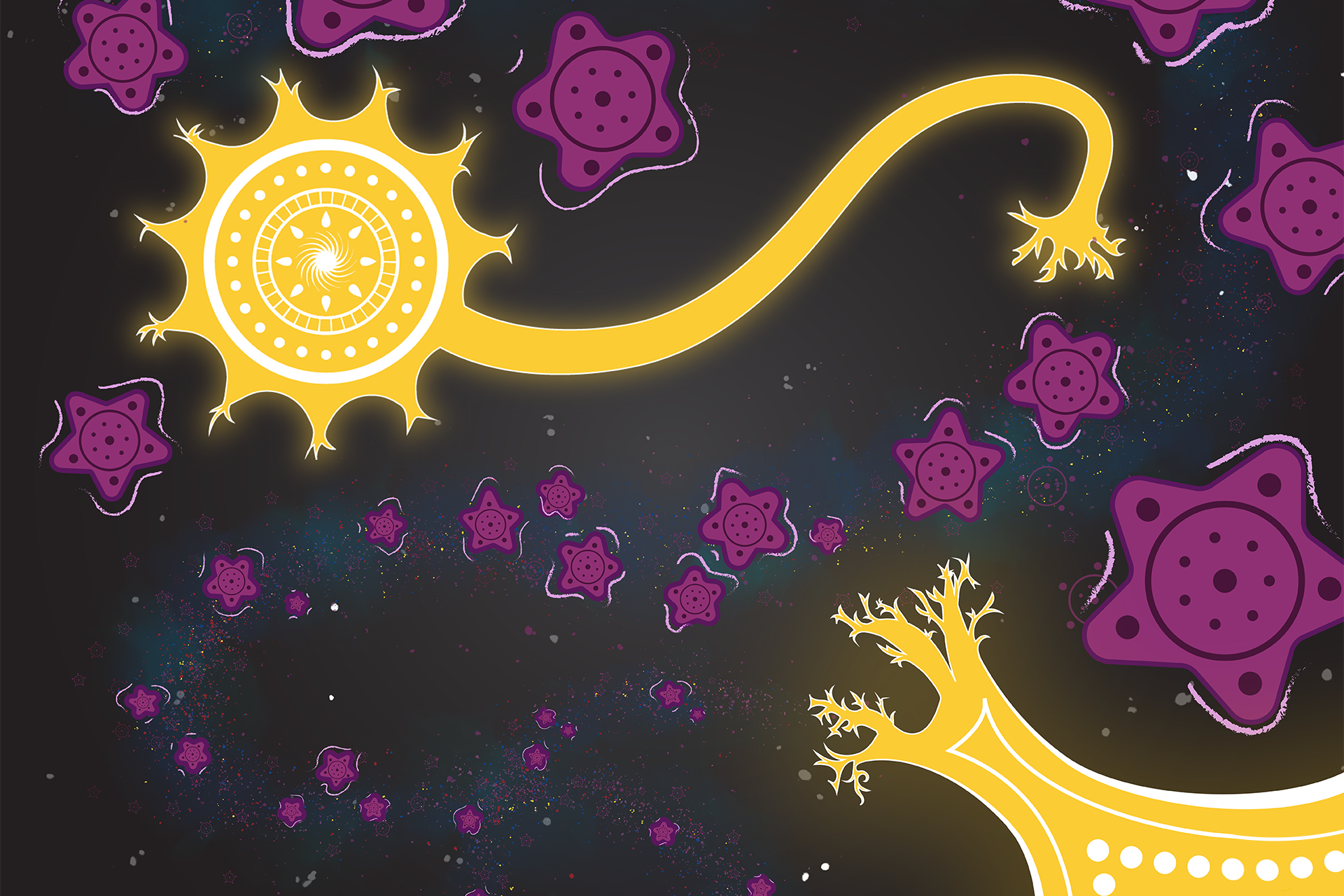Current Research Projects
The major driving force behind cocaine relapse is drug craving. The most widely accepted preclinical model to study this craving involves training animals to self-administer drugs, extinguishing this responding by removing the drug reinforcer, and subsequently eliciting reinstatement of responding. Stressful experiences and cues previously paired with drug use elicit craving in human addicts and reinstate extinguished cocaine seeking behavior in this reinstatement model. Our laboratory utilizes a variety of techniques including behavioral pharmacology, mouse genetics, molecular biology, and electrophysiology to study how the brain responds differently to stress and cues after cocaine self-administration experience.
Cocaine Experience Leads to Alterations in Glutamatergic Synapses
Following chronic cocaine abuse, neuroadaptations occur in the glutamatergic neurotransmitter system. One of these types of adapatations involves alterations in the composition of one type of glutamate receptor, the AMPA receptor. Activity dependent insertion and removal of AMPA receptors represents a critical form of synaptic plasticity. This activity dependent AMPA receptor trafficking is mediated by many second messenger systems and scaffolding proteins. Current work, funded by the National Institute on Drug Abuse, utilizes mutant mouse models and electrophysiology to study the role of the scaffolding proteins GRIP and PICK in the ability of cues and stress to elicit relapse.
Adolescent Stress Leads to Increased Vulnerability to Addiction
Stressful experiences during adolescence can lead to increased drug use and addiction. This may be due, in part, to the effect of these drugs in the developing adolescent brain or be a direct result of the ability of stress to permanently alter neurophysiology during adolescence. Current work in the lab is aimed at examining how adolescent stress alters the brain’s response to cocaine both during adolescence and adulthood. Check out our recent paper on the behavioral effects of adolescent social isolation.
Sex Differences in Reward Processing
All studies in the lab examine both male and female mice and over the course of our work examining the role of glutamate signaling in cocaine seeking we have uncovered sex differences in glutamate signaling at baseline, after stress exposure, and after drug experience. Current work in the lab is parsing apart these differences and examining how they may contribute to sex-specific vulnerabilities to psychiatric disease. For more information, see our recent review on sex differences in glutamate signaling.
